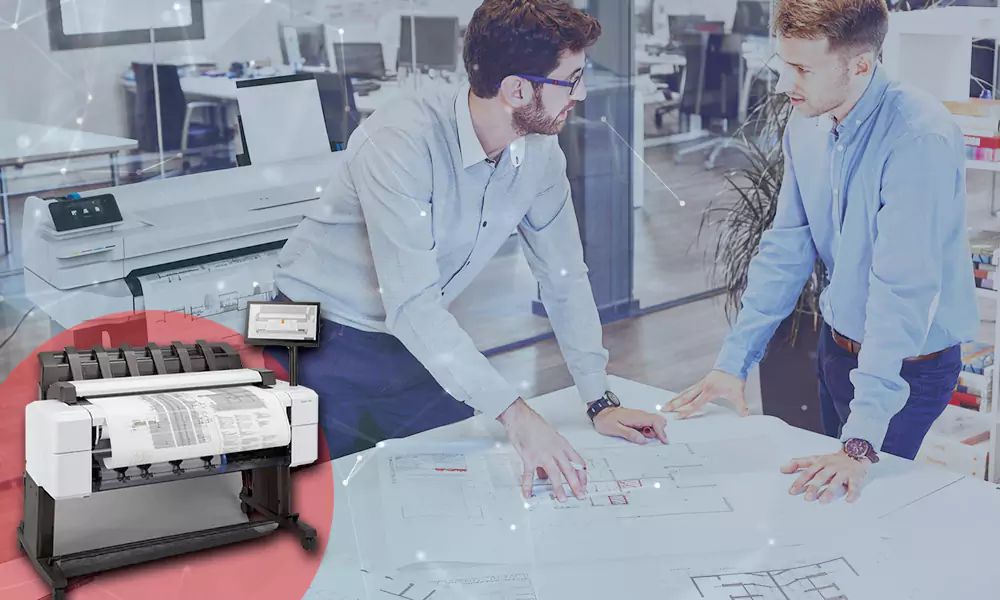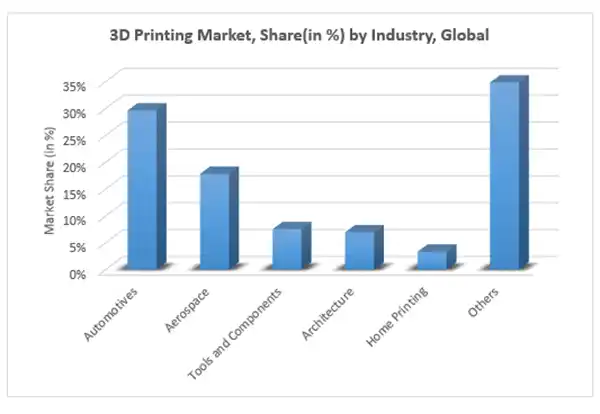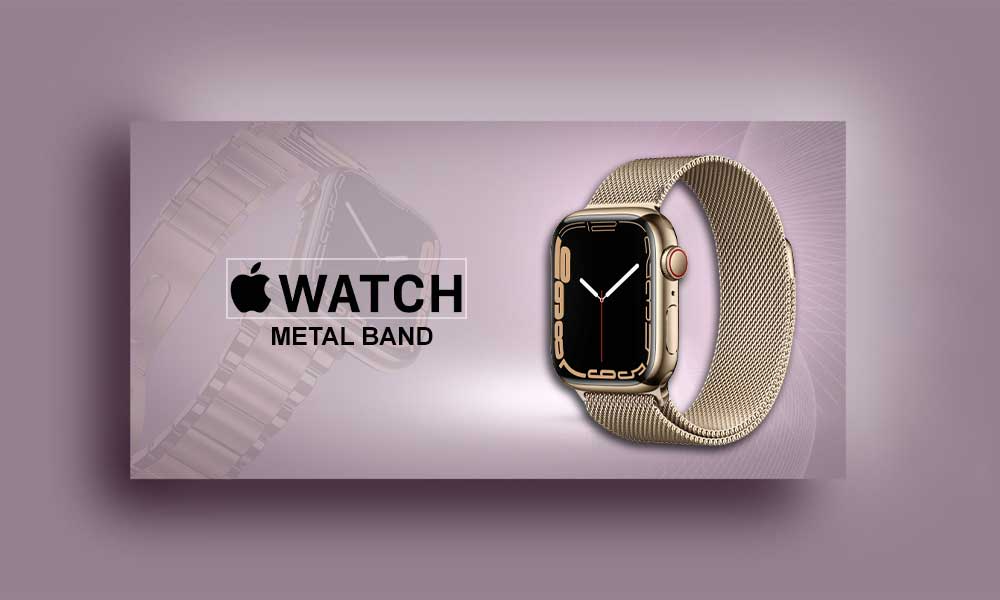How to Choose the Ideal CAD Plotter Printer for Your Architectural Projects

Choosing the right CAD plotter printer is imperative for architects, as it directly impacts the quality and efficiency of their architectural projects. With numerous available options, picking the ideal plotter printer requires careful consideration of various factors.
In this article, you will explore eight key points to help architects select the perfect cad plotter for their specific architectural needs, ensuring optimal performance and exceptional results.
Interesting Fact: Johannes Gutenberg was the one behind developing the method of printing. His printing press was considered a history-changing invention.

- Print Speed and Productivity: Print speed is critical when picking a plotter printer. Architects often work on tight schedules and require quick turnaround times for their designs. Look for one with high-speed scanning capabilities, allowing you to generate scans swiftly.
Always consider features such as batch printing and simultaneous queue management, as they contribute to improved productivity by reducing downtime and automating processes.
- Print Quality and Resolution: Architectural drawings require precise details and sharp lines. Evaluate the quality and resolution of CAD printers before making a decision. Look for one with high-resolution capabilities, typically measured in dots per inch (dpi). Opt for a printer with a resolution of at least 1200 dpi to ensure crisp, accurate, and professional-looking scans that effectively communicate your design intent.
- Media Handling and Size Compatibility: Consider the types of media you commonly use for your constructive designs, such as different paper weights, transparency films, or specialized CAD papers. Ensure that the printer you decide can handle these media types effectively. Assess the maximum scan size supported by it.
If you frequently work with large-format drawings or blueprints, ensure a printer that accommodates the desired scanning sizes, ensuring compatibility with your architectural projects.
- Connectivity Options: In the current digital age, connectivity plays a vital role in streamlining workflows. Look if it offers versatile connectivity options. USB, Ethernet, and wireless connections provide convenient ways to transfer print files from your computer or mobile devices directly to the printer.
Compatibility with popular operating systems and design software enhances the ease of file sharing and printing, ensuring seamless integration within your existing setup.
- User-friendly Interface: A user-friendly interface simplifies the operation of CAD printers, making it easier for architects to navigate through various settings and functions. Look for one with intuitive control panels, clear menus, and easily understandable icons.
A natural interface reduces the learning curve for new users and allows users to focus on their architectural designs rather than spending excessive time mastering complex equipment.
- Ink System and Colour Accuracy: Colour accuracy is vital in architectural drawings, as it accurately represents materials, textures, and lighting conditions. Consider employing advanced ink systems to reproduce vibrant and precise colors.
Look for printers with a wide color gamut and additional grey inks for enhanced grayscale skills. These features contribute to accurate color representation and ensure that your constructive designs convey the desired visual impact.
- Maintenance and Serviceability: Regular maintenance is necessary to keep CAD printers in optimal working condition. Consider one that offers easy access to key components, such as printheads and ink cartridges, for hassle-free cleaning and replacement.
Inquire about the availability of technical support and warranty coverage. Reliable customer support and readily available spare parts ensure minimal downtime, allowing you to focus on your architectural projects without interruptions.
- Total Cost of Ownership: While the upfront cost is a consideration, evaluating the total cost of ownership is necessary when choosing a cad plotter printer. Consider ongoing expenses such as ink cartridges, printhead replacements, and maintenance kits.
Consider the cost per print and the longevity of consumables to determine long-term affordability. Balancing the initial investment with ongoing costs will help you select a machine that suits your budget while delivering consistent quality.
It is advisable to research the availability and pricing of compatible ink cartridges and other consumables for the CAD printer you are considering. Some might may have a broader range of affordable options, while others may require proprietary or specialized supplies that could be more expensive in the long run.
Considering the cost per print and the longevity of consumables will help architects make a well-informed decision that aligns with their budgetary considerations without compromising quality or performance.
Conclusion:
Picking the ideal CAD printer for your architectural projects requires careful assessment of factors such as speed, quality, media handling, connectivity options, user-friendly interface, ink system, maintenance, and total cost of ownership. By considering these key points, architects can make an informed decision and choose a printer that aligns with their specific constructive needs.
Investing in the right product ensures optimal performance, enhances workflow efficiency, and enables users to produce exceptional prints that bring their architectural designs to life with precision and professionalism.










